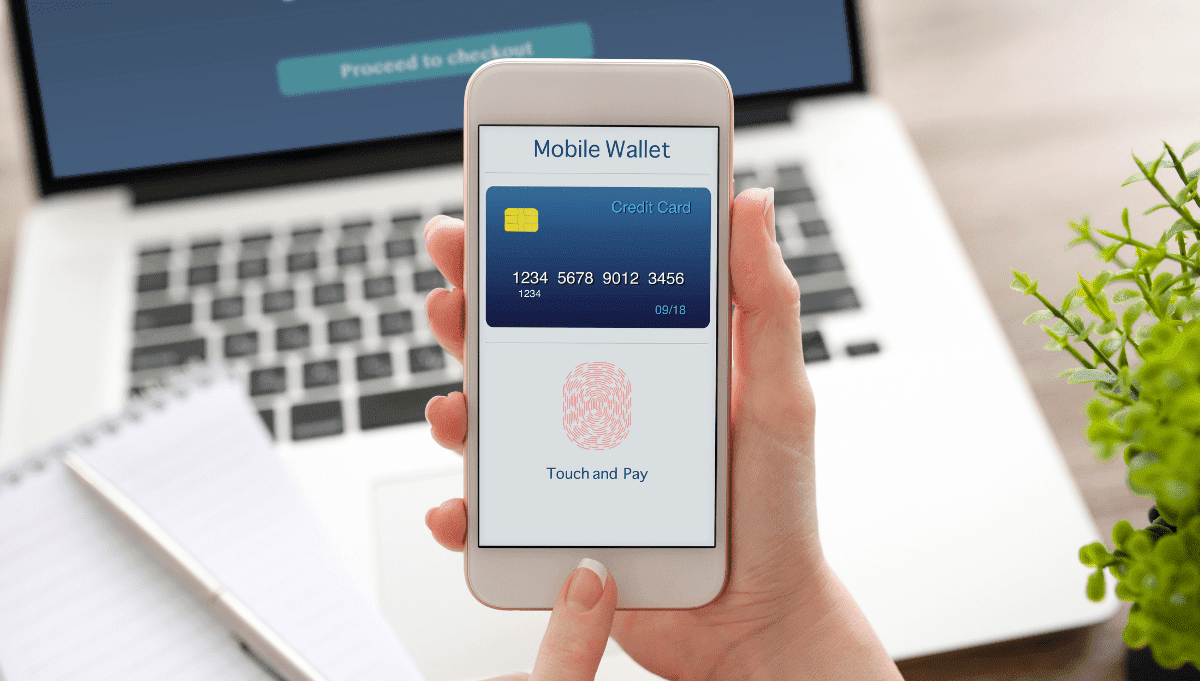
>Share this post<

by Lauren Cassidy
October 13, 2020
Consumer demand
79% of smartphone users have made purchases online through their mobile gadgets in the last six months. We are fully aware of the increased dependency on technology that came with the pandemic. However, the question is, why, when people are in the comfort of their own homes, much less “on the go” and more likely to be spending time on their laptops, has mobile commerce seen such a jump in use?This is down to several reasons. Firstly, mobile web traffic has been on the rise for several years, accounting for about half of all global web traffic since 2017. As with most other connecting technologies, the uptake that would have been projected over the next number of years has been accelerated significantly.
We previously discussed changes in consumer habits due to the pandemic – one such change is how technically savvy the consumer has become. People have been forced to spend digitally, meaning demographics who preferred handing over cash the old fashioned way have now had to put trust in online transactions. Increased comfort in digital online means an increased interest in convenient spending.
Consumers are happy to sit, scroll and purchase from their mobile while they stream Netflix on their TV and use Spotify on their laptop. (Okay, maybe not all at once, but you get the idea.)
Smart retailers preparing for Golden Quarter 2021 will realise they need to maximise their channels of access to tackle new consumer habits. Even smarter retailers will realise the opportunity to maximise sales by perfecting mCommerce within their blueprints.
There’s an app for that
Done right, retail apps are a much more personalised and engaging extension of your omnichannel strategy. Conversion rates from mobile apps are three times higher than mobile sites with mobile shoppers spending twice as much as other consumers.In general, retail apps have been found to be “addictive”, with a recent study showing 54% of consumers use them weekly. The preference towards this type of mobile commerce comes down to many different attributes such as more data storage, unlimited data plans, ease of use and consumer confidence with data protection according to Forbes.
“Simplify the basics of app development by focusing on converting the shopper to a purchaser with ease of app usage and basic personalisation.”
The idea is to keep it simple both for you and the consumer – minimising the upkeep you need to do and simplifying the experience for your user.
Check out optimisation, wallets and one-click ordering
The CXHaving a check-out that is optimised for mobile, whether on an app or search engine, is a crucial step towards minimising your cart abandonment. If your customers are expected to “pinch and zoom” they are more likely to become agitated and distrust the process (ie. fear of clicking by accident.)
Not only this but similar to classic eCommerce stores, loading time also has a significant bearing on experience, with 53% of mobile visits abandoned if pages take longer than 3 seconds to load. So before employing jazzy and handy check-out features ensure you’ve kept up with your appearances.
Digital Wallets
Check-out as Guest
On the note of one-click processes, it’s also important to provide the option to check out as a guest. Forms aren’t fun to fill out at the best of times and on mobile, it’s nothing short of a pain. Some consumers may be visiting your site for the first time as a mobile user, so If you want to maintain engagement, give them the option to postpone this requirement, The less they have to do, the more likely they are to complete the checkout process and return as a customer.
Omnichannel experience
We couldn’t discuss mCommerce without a nod to our bread and butter – the omnichannel experience. Omnichannel shoppers have a 30% higher lifetime value than those who shop on a single channel. However, consumers expect to be able to jump from one device to another with a flow that has been synchronised – but, as few retailers have perfected this across mobile, the opportunity to set oneself apart on mobile experience is huge.With a push online at the hand of Covid19, Spanish fashion retailer Zara decided to focus more on becoming a fully digital platform - including cross-synergies between digital and physical shopping preferences, seamless browsing across channels. One such USP for Zara’s mobile services is the ability to scan the QR codes on tags in-store, which can then be added saved to wishlists or baskets on their app for purchase later. A reverse take on Click & Collect.
Some retailers think that having a mobile extension of their brand is enough to “tick the box” – in reality, if your mobile doesn’t communicate your USPs in the way as they would in store you run the risk of frustrating your consumers. 84% of consumers say they’re more likely to stick with a brand that offers a loyalty program – and on mobile apps in particular this helps companies stay consistently engaged with their customers, which helps boost brand loyalty.
Loyalty programs
Loyalty programs are a great means of fighting discount culture as well – exclusive rewards motivate customers to increase their purchase frequency and basket value, and they’ll stay with you even after Black Friday. However few retailers are yet to perfect the use of loyalty schemes across mobile. Having loyalty programs that can be used across all channels helps customers feel happier that they didn’t lose out by alternatively to in-store.
One such retailer who has nailed this process is Boots, by allowing for points to be both spent and earned via mCommerce, eCommerce or in-store – something becoming more and more sought after by consumers.
Conclusion
More to explore
Here’s an overview of the latest improvements that are now available in the Kooomo platform.
In the next few years, we are foreseeing an impressive increase for the global retail industry. While this can be beneficial for the global eCommerce industry, it also means that there will be more competition, as well.

 en
en 

